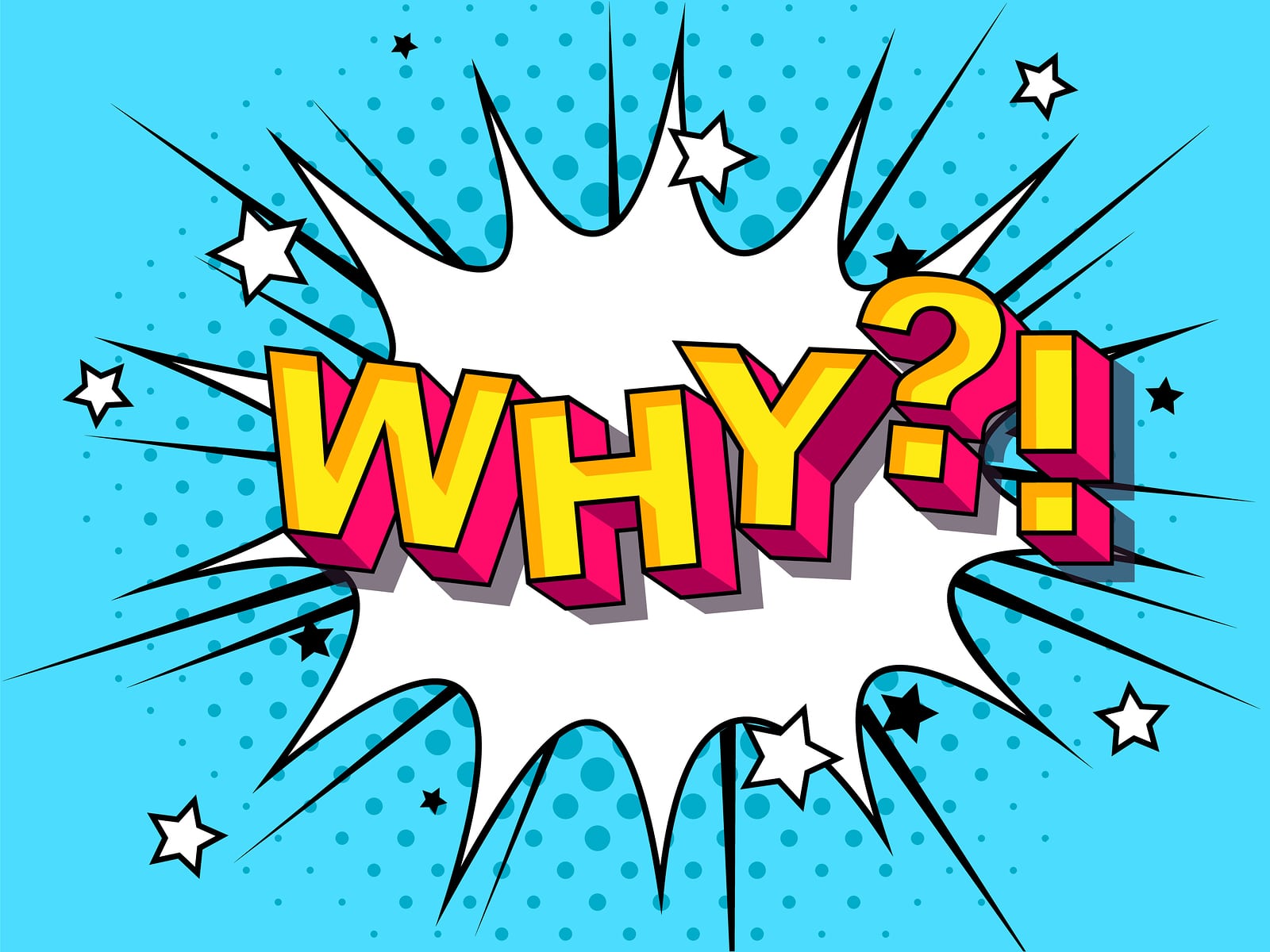Understanding Setting: How Time, Place, and Environment Shape Every Story
Introduction to Setting in Literature
Setting is one of the foundational elements of storytelling, providing the essential context for narrative events. In literary terms,
setting
refers to the
time
,
place
, and
environment
in which the events of a text take place. Far more than a simple backdrop, a well-crafted setting shapes the plot, influences character decisions, and immerses readers in the world of the story
[1]
. This article will explore how each component-time, place, and environment-works together to create a vibrant narrative landscape, provide actionable guidance for both recognizing and developing settings, and offer multiple examples from classic and contemporary literature.
Defining the Elements: Time, Place, and Environment
The setting of a story is composed of three key elements:
- Time: When the story occurs-this could be a specific historical period, time of day, season, or even an imagined future.
- Place: The location where the action unfolds-ranging from a real-world city or countryside to a fantastical land.
- Environment: The broader context, including physical surroundings, weather, climate, social and cultural conditions, and even political realities [2] .
These elements do not exist in isolation; they interact to influence the mood, tone, and direction of the narrative. For example, a story set during a war in a bombed city during winter will be dramatically different from one set in a peaceful rural village in spring.
Types of Settings: Geographical, Temporal, and Cultural
Settings can be categorized in several ways, each bringing a unique dimension to the story:
-
Geographical Setting:
This is the physical location-such as the American Midwest in the 19th century, or a spaceship orbiting Mars. Geographical settings may be real or imagined, and they often serve to establish the story’s tone or highlight particular themes. For instance, the isolated Overlook Hotel in Stephen King’s
The Shining
creates an atmosphere of tension and suspense [3] . -
Temporal Setting:
The time period or era greatly affects the story’s events, character behaviors, and available technology. Science fiction novels like
Ready Player One
leverage imagined futures to explore technological impacts, while historical fiction grounds characters in specific societal frameworks. -
Cultural Setting:
This includes customs, beliefs, and social expectations. Cultural context shapes how characters interact and what conflicts arise, such as the strict social codes in Jane Austen’s
Pride and Prejudice
[3] .
Why Setting Matters: Impact on Story and Characters
A thoughtfully developed setting does more than locate the action; it deepens the meaning and emotional resonance of the narrative:
- Establishes Context: The setting provides the background against which the plot unfolds, allowing readers to understand the stakes and nuances of the story world [4] .
- Shapes Characters: Characters are products of their environments-social norms, climate, and historical moments influence their motivations and actions.
- Creates Atmosphere: Descriptions of weather, landscape, and time of day contribute to the mood, building suspense, tranquility, or tension as needed.
-
Supports Themes:
Iconic settings often reflect and reinforce a story’s themes. The dystopian city in George Orwell’s
1984
powerfully evokes ideas of surveillance and oppression.
Practical Steps: How to Analyze and Develop Setting
Analyzing Setting as a Reader
To understand a story’s setting, look for descriptive passages that specify:
- Where and when the story takes place
- Details about climate, landscape, and built environment
- References to social, cultural, and political context
- Language and dialogue that reflect the era or location
Pay attention to how the setting influences the characters’ actions and the overall mood. For example, a scene set in a stormy night might heighten tension, while a sunny beach can create a sense of relaxation.
Developing Setting as a Writer
If you are writing fiction, follow these steps to create a compelling setting:
- Identify the Core Elements: Decide on the time period, location, and environment that best serve your plot and characters.
- Research and Imagination: For real-world settings, research historical facts, cultural details, and geography. For fictional worlds, create maps, timelines, and detailed notes to maintain consistency.
- Use Sensory Details: Describe sights, sounds, smells, and textures to make the environment vivid. For example, “The wind howled through the broken windows of the abandoned farmhouse as the last light of day slipped behind the hills” immerses the reader in both the physical and emotional atmosphere [5] .
- Show, Don’t Tell: Let the setting emerge organically through characters’ interactions with their world.
- Integrate Setting with Plot: Use the setting to create obstacles, determine pacing, and reveal character traits.
Examples of Effective Settings in Literature
Some of the most memorable stories are inseparable from their settings:

Source: horobox.com
-
To Kill a Mockingbird
by Harper Lee: The fictional town of Maycomb, rooted in the racial tensions and traditions of the 1930s American South, is essential to the story’s conflict and character arcs [4] . -
1984
by George Orwell: A totalitarian city, with its constant surveillance and oppressive atmosphere, directly shapes the protagonist’s struggles. -
Wuthering Heights
by Emily Brontë: The bleak, windswept moors mirror the turbulent emotions of the characters.
Each of these examples demonstrates how time, place, and environment combine to create a setting that drives the narrative forward.
Common Challenges in Crafting or Analyzing Setting
Writers and readers alike may encounter several challenges:
- Overloading with Detail: Excessive description can slow pacing. Focus on details that matter to the story or character.
- Overlooking Social and Cultural Context: The environment is more than physical; consider traditions, politics, and societal norms.
- Maintaining Consistency: Ensure that time, place, and environmental details remain consistent throughout the narrative. Inconsistencies can break immersion and confuse readers.
To overcome these issues, outline your setting in advance, revise for clarity, and solicit feedback from beta readers focused specifically on the world-building elements.

Source: huffingtonpost.com
Alternative Approaches to Setting
Settings do not have to be static. Some narratives employ multiple settings or shift between times to create contrast or highlight themes. For example:
-
Multiple Time Periods:
Novels like
The Time Traveler’s Wife
use jumps in time to explore relationships and change. - Shifting Locations: Adventure stories often move from city to jungle, each new setting presenting fresh challenges and influencing character growth.
You can also experiment by blending real and imagined elements, creating magical realism or speculative fiction environments that resonate with both authenticity and wonder.
Accessing Resources and Further Guidance
If you want to deepen your understanding of setting, consider the following steps:
- Read widely across genres to see how different authors construct settings.
- Study classic literature and analyze how time, place, and environment shape each narrative.
- Take writing workshops or online courses focused on world-building; many community colleges and writing organizations offer these regularly.
- Consult reputable literary guides and reference sites. For definitions and more examples, you may visit established literary websites such as LitCharts or LiteraryTerms.net, both of which provide comprehensive resources on narrative elements.
- Search for “setting in literature” using credible academic databases or library resources for in-depth articles.
For classroom activities, educators can encourage students to write descriptive paragraphs focusing on time, place, and environment, or to analyze settings in assigned readings and present their findings.
Key Takeaways
The setting-the time, place, and environment of a narrative-is essential to storytelling. It grounds the action, shapes characters, and brings the world of the text vividly to life. By paying close attention to setting, both readers and writers can unlock deeper layers of meaning and craft experiences that linger long after the final page.
References
- [1] LitCharts (n.d.). Setting – Definition and Examples.
- [2] LiteraryTerms.net (n.d.). Setting: Definition and Examples.
- [3] MeetMotif (2024). Setting of a Story: A Fiction Writer’s Guide.
- [4] Number Analytics (2025). The Power of Setting in Literature.
- [5] Spines (2025). Setting of a Story: Definition, Writing Tips & Vivid Examples.



